Wild Life Sanctuaries
Sri Lanka is not only famous for its pristine beaches and Heritage sites- but is one of the best Wildlife spots in Asia. It has over 10 national parks that is home to many endemic species like the mighty elephants, deer, leopards and the majestic peacock as well as other immigrant species.
Despite of its size, the islands diversity is an abundance of terrains- ranging from coastal plains and mangroves to rainforests amidst the dry zones and the spring like temperatures in the hill country where all of the wildlife is spread out.
The island is also one of the favorite destinations for bird lovers as it is one of the best for its kind. Sri Lanka has its own Bird Sanctuaries that are dedicated to endemic and immigrant birds where some of the endangered species can also be seen.
Meanwhile the ocean around Sri Lanka is home to large families of migrant cetaceans including the mighty blue whales, sperm whales and lively dolphins.
Yala National Park
Yala National Park is situated in the south-east region of Sri Lanka and is the 2nd largest National Park in the island. It was at first established in the early 1890s as a game sanctuary. The park is the home to an abundance of 32 species of mammals such as leopards, crocodiles, elephants, deer, bears, wild buffaloes and the majestic peacock, as well as a 125 variety of other bird species. The park is immensely diversified with dense jungles, open field areas, lagoons, rocky habitats and a stunning sea front. Yala plays a very significant role in conservation of a large number of flora and fauna in the country. Yala West (Ruhuna) National Park is well recognized as one of the best parks in the world to observe and photograph leopards. The park covers an area of over 100,000 hectares and is divided into five blocks.
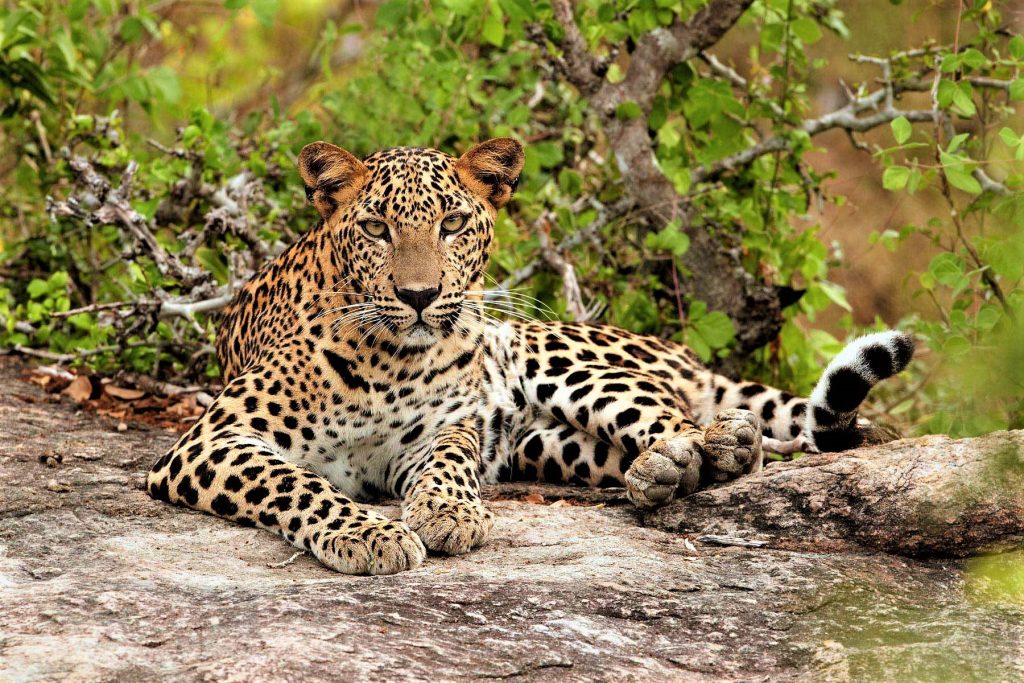
Sinharaja Forest
Sinharaja Forest Situated in the wet south-west of the island, this is the country’s premier rainforest. The canopy towers up to 45m in places and more than half of the trees here are found nowhere else in the world. Mixed-species bird flocks are a key feature of Sinharaja. Around six endemic birds may make up one flock, including species such as red-faced malkoha, green-billed coucal and Sri Lankan blue magpie. Animals present include leopard, purple-faced langur, barking deer and three types of squirrel.
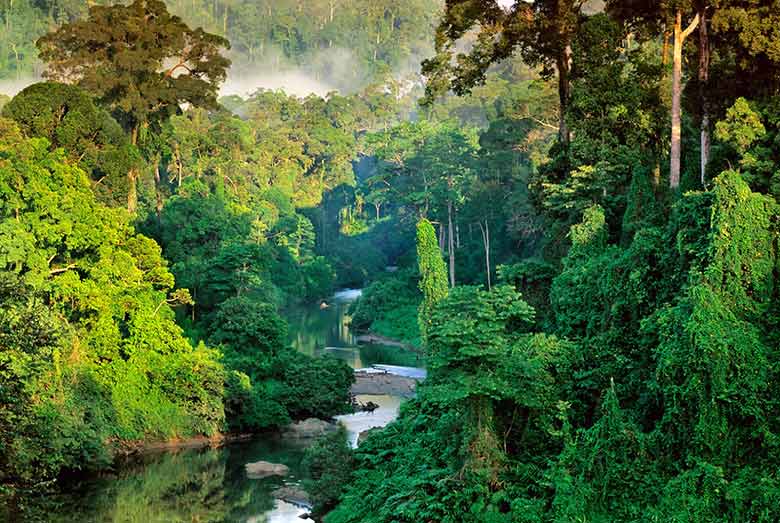
Wasgamuwa National Park
Wasgamuwa National Park is situated in the Matale and Polonnaruwa Districts. It was declared to protect and to make a refuge for the displaced wild animals. Originally it was designated as a nature reserve in 1938, and then in the early 1970s the area was regraded as a strict nature reserve. The park is almost entirely encompassed by rivers. The eastern boundary is defined by the famous long flowing Mahaweli Ganga, while the northern and western sides are bordered by the Amban Ganga and Dunuwila Oya respectively. The park is home to 23 species of mammals.it is inhabited by a herd of 150 Sri Lankan elephants. There are 143 bird species recorded in the park.
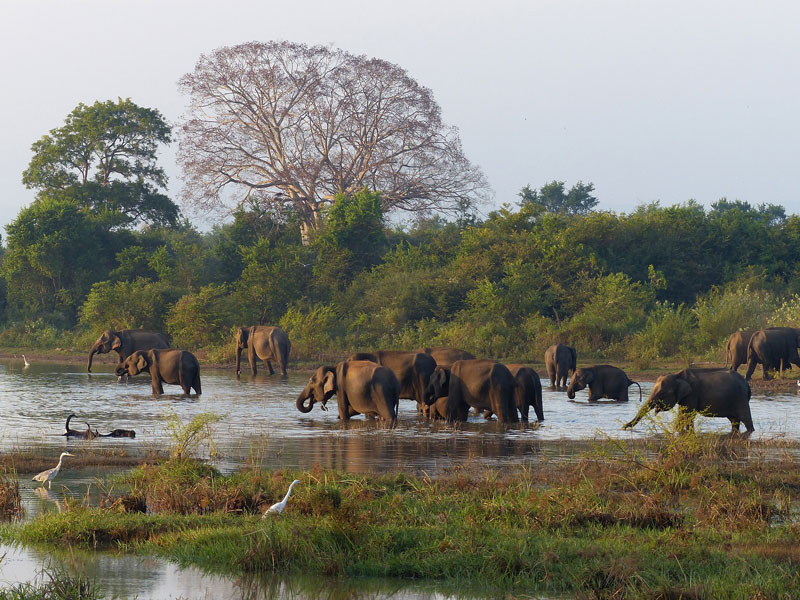
Wilpattu Park
Wilpattu National Park is Sri Lanka’s largest park is located along the north-west coast. Wilpattu is among the top national parks world-renowned for its leopard population. The park covers 425 sq ft of the coastal area. 31 species of mammals have been identified within Wilpattu national park. Mammals that are identified as threatened species living within the Wilpattu National Park are the elephant, sloth bear, leopard, water buffalo, Sambhur, spotted deer, mongoose, mouse and shrew. This is also another bird-watching paradise where endemic birds are most common.
The unique feature of Wilpattu National Park is the existence of "Willus" (Natural lakes) - Natural, sand-rimmed water basins or depressions that fill with rainwater. Nearly sixty lakes (Willu) and tanks are found spread throughout Wilpattu.
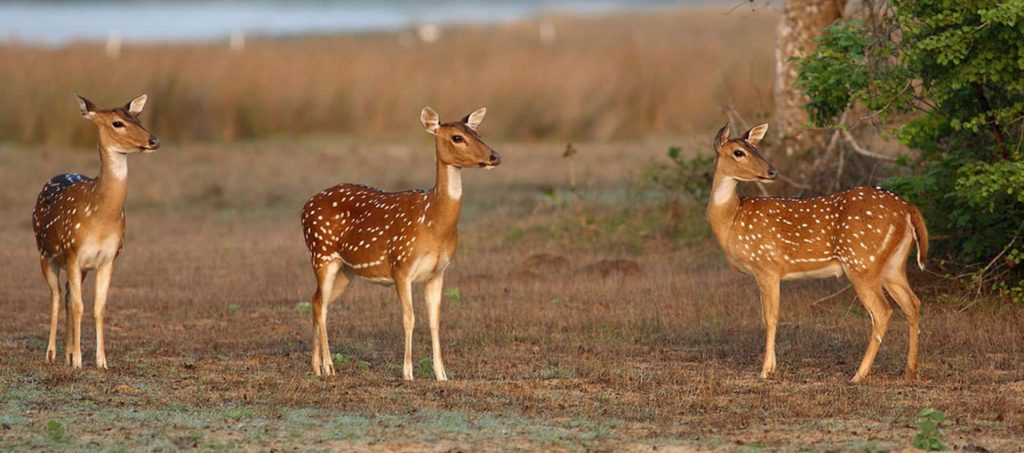
Udawalawa National Park
Udawalawa National Park established in 1972 to protect the watershed of the enormous Udawalawe Reservoir, this park, just south of the central mountains, has extensive stretches of grassland as well as scrub jungle and riverine forest. Udawalawe is the best place in Sri Lanka to see wild Asian Elephants throughout the year: there are about 500 elephants in the park and they often roam in herds of up to 100. it has no a seasonal variation in herds of elephants. Udawalawe has rich biodiversity. There are so many Species recorded from the park include 94 plants, 21 fish, 12 amphibians, 33 reptiles, 184 birds (33 of which are migratory), and 43 mammals. Additionally, 135 species of butterflies are among the invertebrates found in Udawalawe.
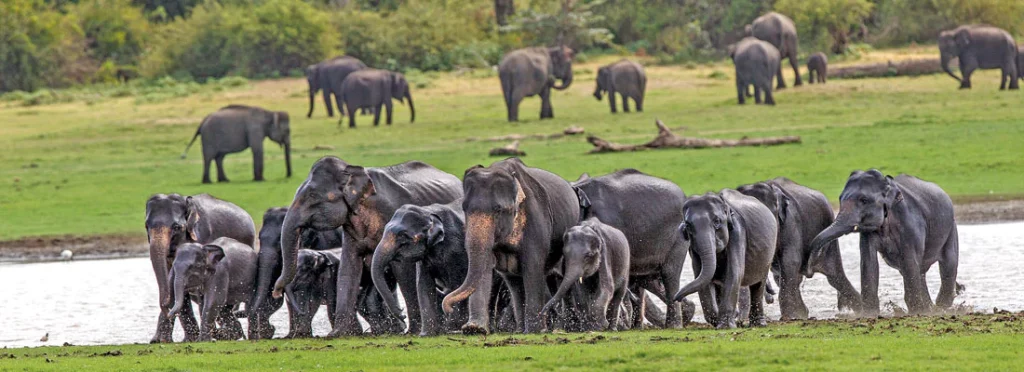
Bundala National Park
Bundala National Park is the most important wetland in Sri Lanka for both resident and migratory birds. It is famous for its aquatic birdlife which feed on the rich harvest provided by the numerous lagoons throughout the park. During the winter months more than 160 species of birds can be found within its boundaries. The park is the last refuge of the Great Flamingo in this part of the Island and encountering one of the huge flocks of Flamingo’s can be truly breathtaking. Among some of the birding highlights are the rare Black-necked stork and the Great Thick-knee, and the more common Painted Storks, Pelicans, Egrets, Herons, Water Hens, Spoon Bills, Open Bills, Cormorants, Lapwings and Sand Pipers.
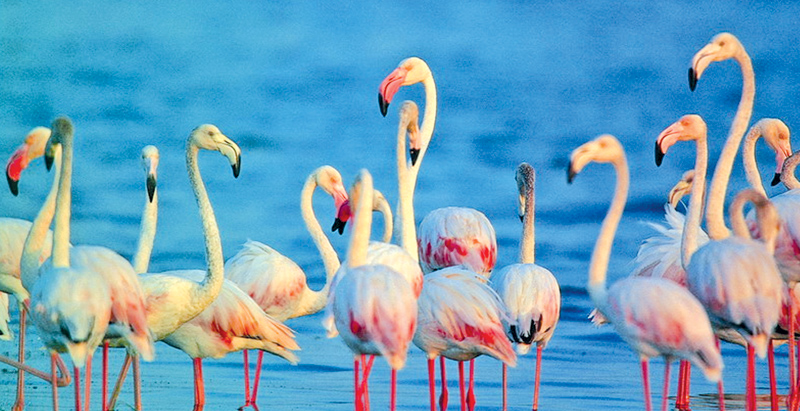
Gal Oya National Park
Gal Oya National Park is situated in the eastern province. Established in 1954 as the catchment area for the Senanayake Samudraya, a reservoir created by damming the Gal Oya River at Inginimitiya. The Gal Oya National Park has grown from its original 9324 hectares to nearly 63,000 hectares today giving sanctuary to many wildlife species. This is also a famous site for bird-watching since about 150 birds can be observed within the santuary. Boat rides are taken to visit the Bird Island which have a very high concentration of birds. The park is renowned for the herds of elephants, Deer, Muntjac, Water Buffalo, Leopard, Toque Monkey and Wild Boar.
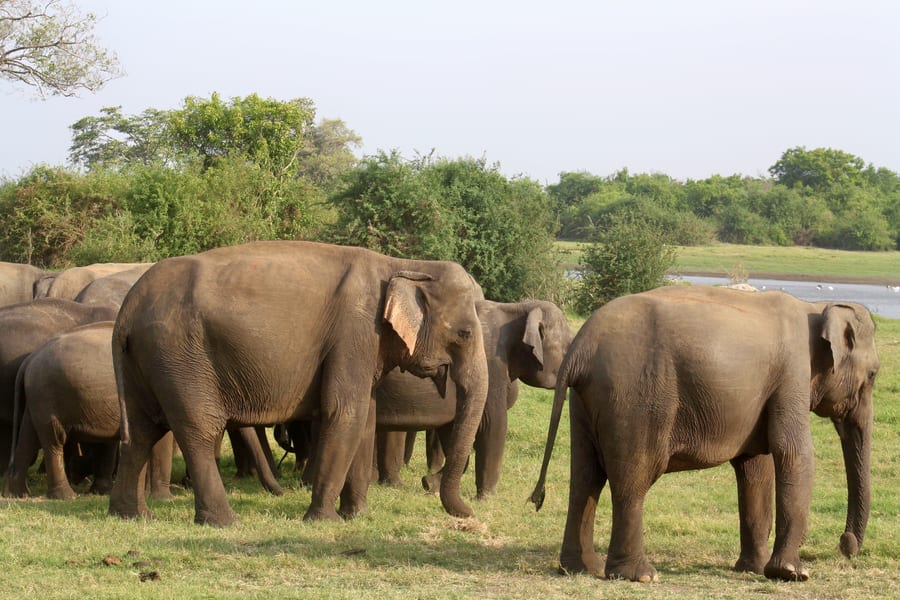
Horton Plains National Park
Horton Plains National Park is situated in the Central Province of Sri Lanka. The Horton plains was discovered by planter Thomas Farr in the beginning of the 19th century. These great plains were named Horton plains in 1834 to honor governor of Ceylon Sir Wilmot Horton. The area of the Horton Plains is 31.6 sq. km. Large herds of Sri Lanka Sambar Deer feature as typical mammals, and the park is also an important bird area with many species not only endemic to Sri Lanka but restricted to the Horton Plains. The sheer precipice of the World's End and Bakers Falls are among the tourist attractions of the park.
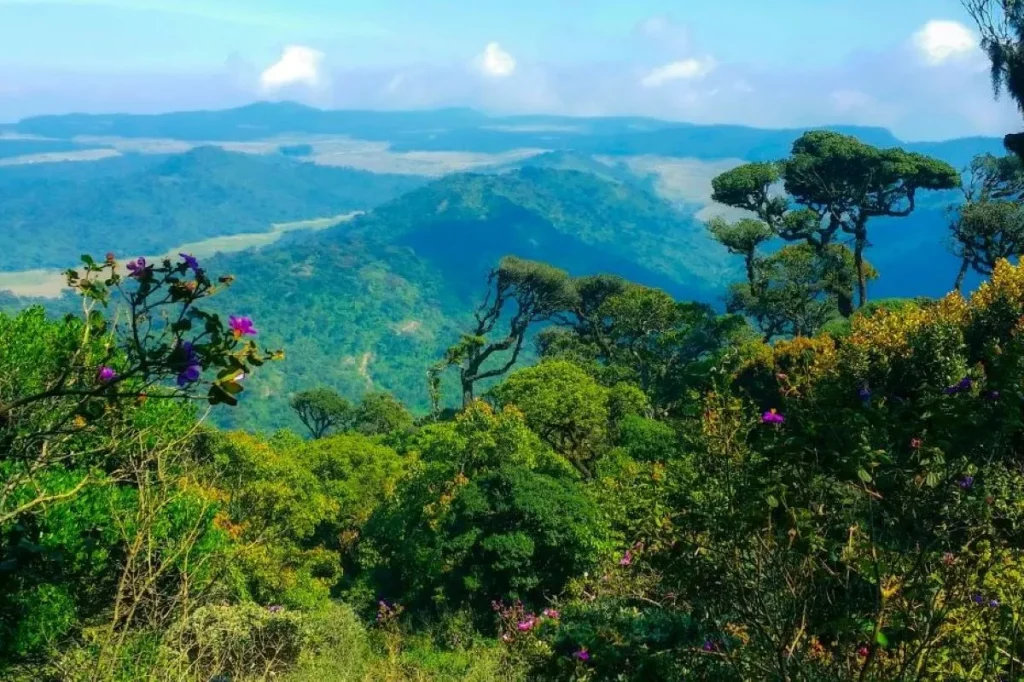
Minneriya National Park
Minneriya National Park is located in the North Central Province of Sri Lanka. The nature reserve protects the catchments of the ancient Minnariya irrigation tank which was built by King Mahasen in the third century AD. This is one of the most important habitats in the region for the long term conservation of elephants.
Among the 35 indigenous species of mammals residing in the park include the majestic elephant, the elusive leopard and the unique Sri Lankan Sloth Bear. Other mammals include Sambar Deer, Spotted Deer, Mouse Deer, Wild Boar, Purple-faced Leaf Monkey, Toque Macaque, Sri Lanka Flame- striped Jungle Squirrel, Grey Langur, three species of mongoose, the porcupine, and the endangered Indian Pangolin
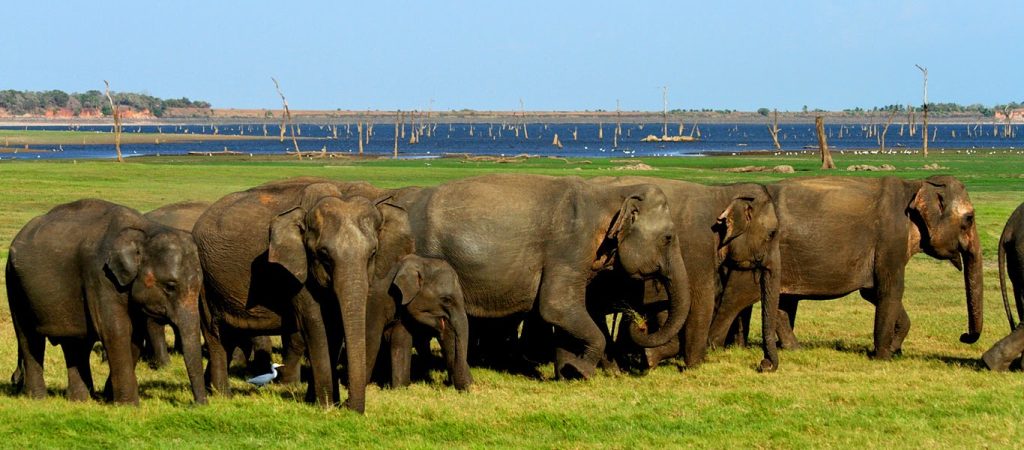
Kaudulla Nature Reserve
Kaudulla Nature Reserve is located just 6 kms away from the Habarana to Trincomalee road. This is a really great place to have safaris where you can see endangered species of leopards, bears and elephants almost close up within the 6900 hectare park.
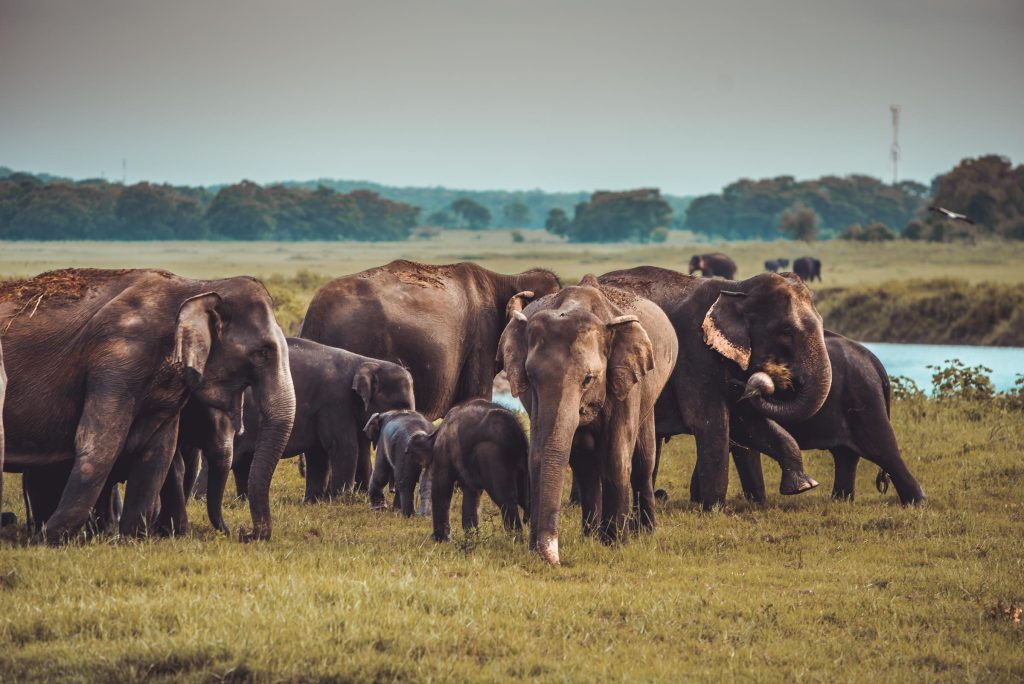
Maduru Oya National Park
Maduru Oya National Park was established on 1983. The park is home to many animals due to its vast area. Elephants, reptiles, birds, and leopards are a few among the many animals residing in the park. This national park is one of the main bird-watching sites in the country including aquatic birds such as the white bellied sea eagle. Wild animals that roam the park comprises of elephants, bears, leopards, sambhur, water buffalo, purple monkey, variety of deer, reptiles etc. Among the aquatic birds that thrive, there are numerous numbers of the white bellied sea eagle, great cormorant, little cormorant and the painted stork. Other species of birds are the Sri Lankan jungle fowl, tailorbird, white ramped shama, black hooded oriole and red faced malkoha to name a few.
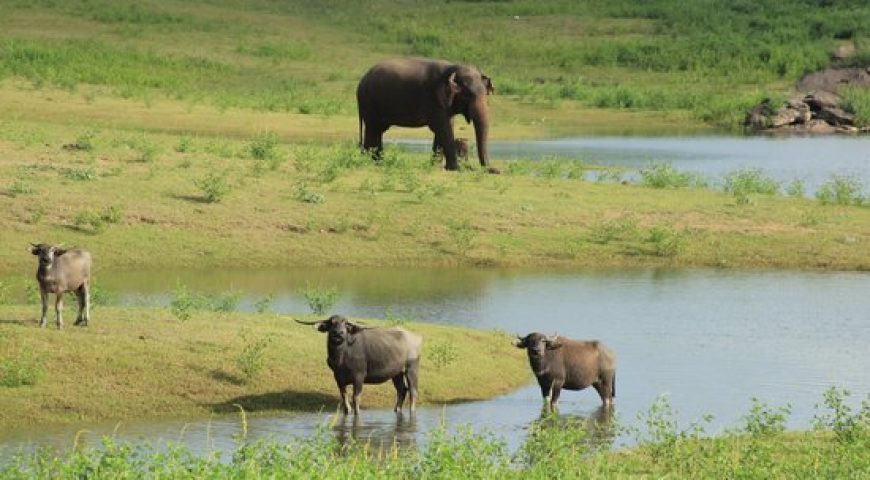
Kalametiya Bird Sanctary
Kalametiya Bird Sanctary includes the Lunama and Kalamatiya lagoons. This is a haven for many species of resident as well as migrant water birds including many species of migrant ducks. There are four nationally threatened birds found within the Sanctuary - Indian Reef Heron, Glossy Ibis, Sri Lankan Jungle Fowl and Black-capped Purple Kingfisher with Jungle Fowl being the only endemic species. A large number of plants have been recorded within the Sanctuary.
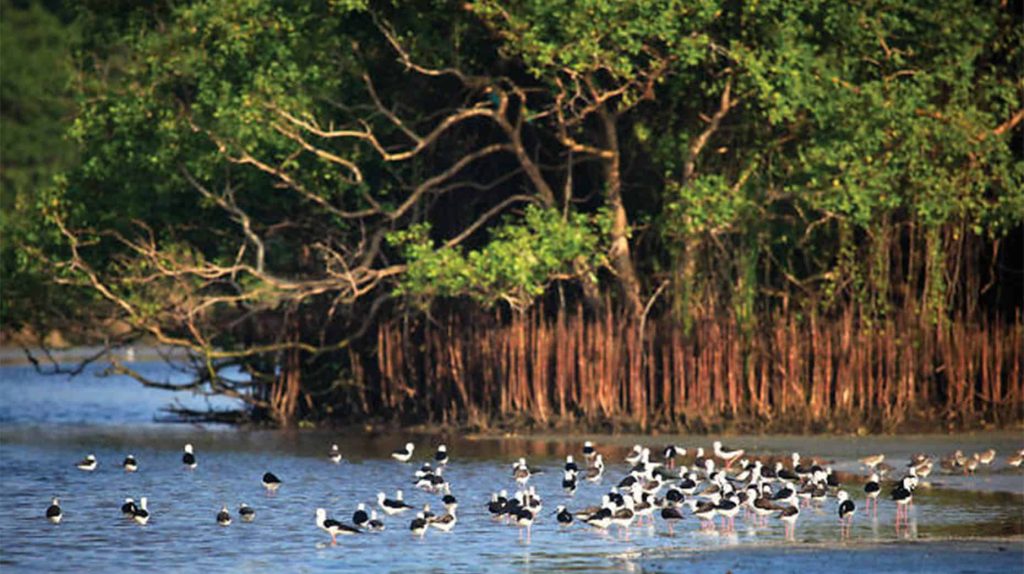
Whale and Dolphin Watching.
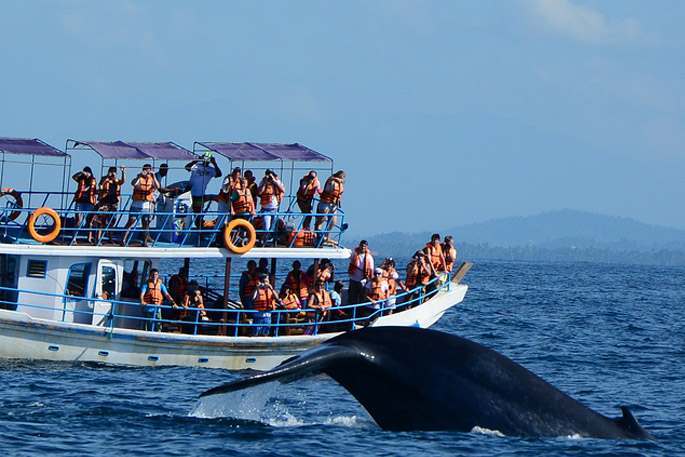
Whale watching in Sri Lanka is an incredible experience that allows visitors to witness some of the most magnificent creatures on the planet. Sri Lanka is home to a diverse array of whales and dolphins, making it one of the best places in the world to go whale watching.
One of the best locations for whale watching in Sri Lanka is Mirissa, a coastal town in the south of the country. Mirissa is located on the Indian Ocean and is well-known for its beautiful beaches and stunning sunsets. It is also a prime location for whale watching due to its proximity to the migration path of blue whales.
Blue whales are the largest creatures on earth, and Sri Lanka is one of the few places in the world where they can be spotted year-round. Other species of whales that can be seen in Sri Lanka include sperm whales, humpback whales, and pilot whales. In addition to whales, visitors to Mirissa can also spot several species of dolphins, including spinner dolphins, bottlenose dolphins, and Risso’s dolphins.
Whale watching tours in Mirissa typically take place early in the morning, when the ocean is calm and the chances of spotting whales and dolphins are high. The tours are usually led by experienced guides who have extensive knowledge about the marine life in the area. The tours can last anywhere from 2 to 6 hours, depending on the number of whales and dolphins spotted.
It is important to note that while whale watching can be a truly magical experience, it is also important to practice responsible tourism. This means choosing tour operators that follow sustainable practices, such as avoiding getting too close to the whales, using eco-friendly boats, and not littering in the ocean.
In conclusion, whale watching in Sri Lanka is an unforgettable experience that offers the opportunity to witness some of the most incredible creatures on the planet. With its stunning coastline and diverse marine life, Mirissa is the perfect location to embark on a whale watching adventure.
The whale watching triangle: Mirissa, Kalpitiya and Trincomalee
Mirissa has been most popular for whale watching among the tourists who visit Sri Lanka since the year 2009. Mirissa is the best place to watch blue Whales, sperm whales and also hundreds of spinner Dolphins. The Blue Whale is also considered as the largest and rare marine mammal on earth.
Kalpitiya– a peninsula in the north-west, is famous for its dolphins and periodic visits by super-pods of sperm whales, the largest gatherings in the world accessible to tourists.
Trincomalee, located in the north-east of the island has a submarine canyon cutting in close to shore. Blue whales are sometimes seen from the pool-side of resorts and the Swami Rock is the best shore-based location for views of blue whales.
Pinnawala Elephant Orphanage
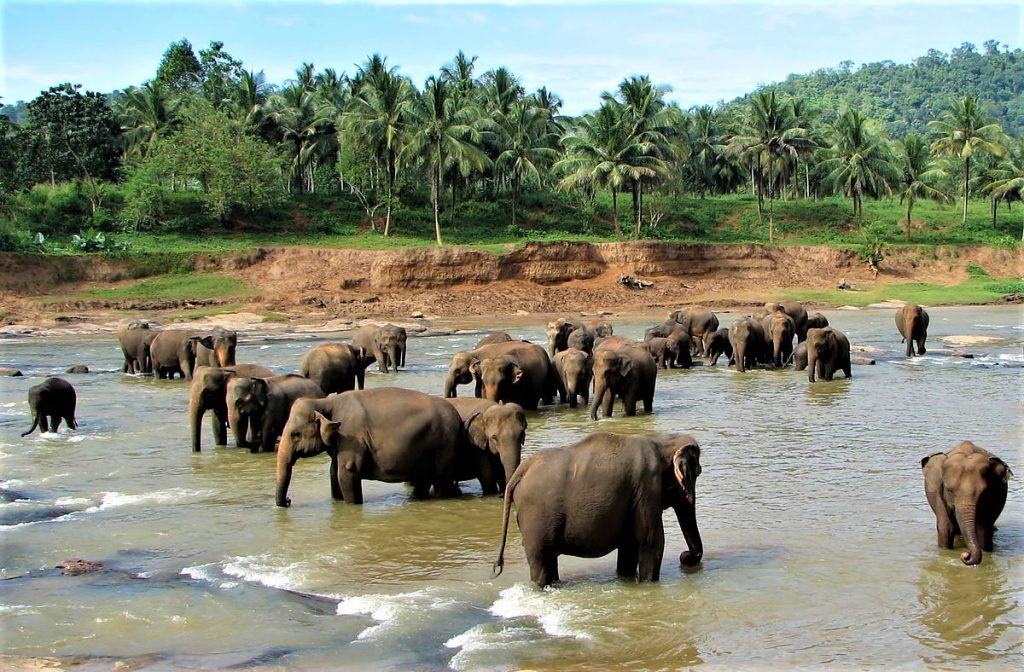
Pinnawala Elephant Orphanage is located in the Kegalle district. This is the largest captive elephant breeding centre in the world established in 1975. The orphanage was originally founded in order to afford care and protection to the many of the orphaned wild elephants found wandering in and near the forests of Sri Lanka.
